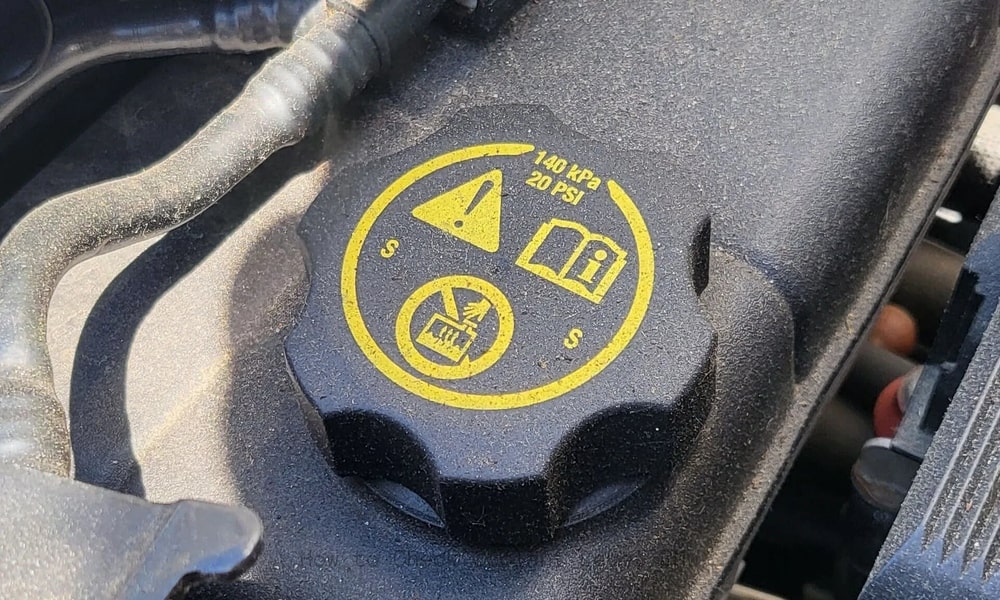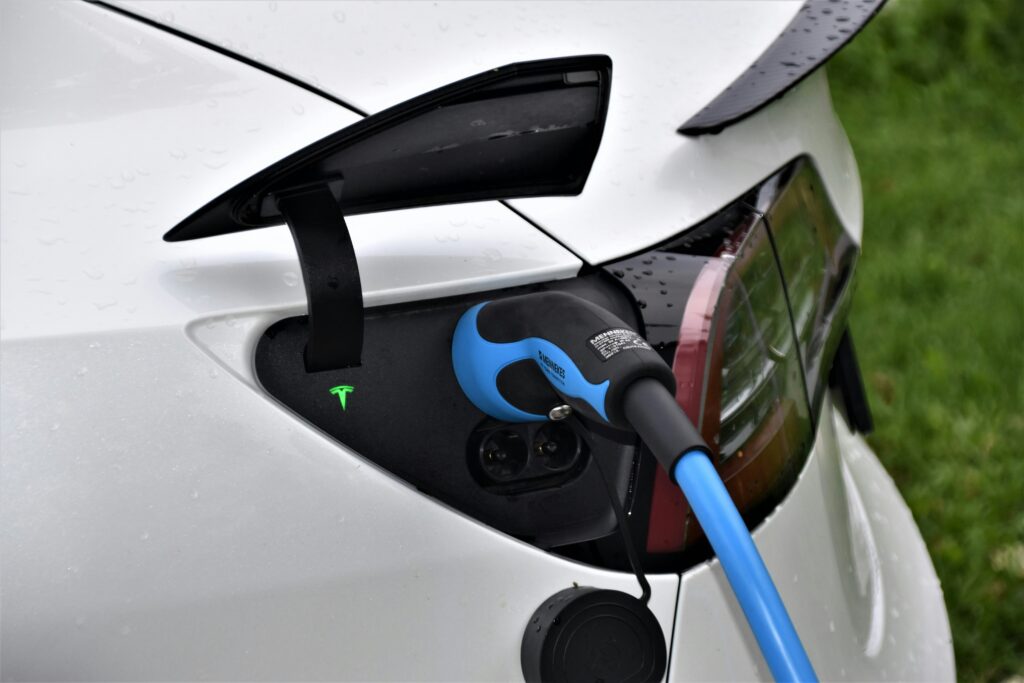It is difficult to retain your BMW’s performance at its peak and protect it from harm. Antifreeze (also known by the name coolant) plays a vital role in this procedure. In this guide, we’ll explore how to check coolant level BMW? To make sure that your car stays in its finest condition.
What is Coolant?
Coolant regulates the engine temperature. It keeps your engine’s temperature from rising in the summer or falling during the winter. BMW’s precision-engineered system requires that a particular type of cooling fluid be used in order to prevent malfunctions of the system caused by chemical reactions. Additionally, coolants work to protect your engine from rust, corrosion, and accumulation. Even minor leaks in the cooling system can damage an engine.
Steps for checking the Coolant level
If you are careful, it is easy. Here’s how:
1. Prepare your car
Be sure that the BMW’s engine cools completely before you begin driving. It is important to only open the tank of coolant when your engine’s temperature has reached a comfortable level. Pressurized steam, or even hot liquids can cause you to burn.
2. Coolant reservoir location
You can find it by lifting the hood. Most BMW models have a plastic translucent container next to the radiator. It is often marked by a “coolant cap” label or an image of a temperature gauge.
3. Check coolant levels
The reservoir is usually marked with the words “MIN”, “MAX”, or some other label. Between these two marks, the level of coolant must be. If coolant drops below “MIN”, action is necessary.
Also, you can check the color. BMW coolant will be usually green or blue. The coolant needs to be changed if you notice it is murky, rusty or dirty.
4. Add Coolant when needed
If you find that the cooling fluid is less than “MIN”, remove the cap, and fill it with BMW-approved cooler. You should always follow the instructions in the owner’s manual to use the right type of coolant. You can mix your coolant in 50:50 proportions with distilled unless pre-mixed. Pour in the coolant slowly, until the top of the container reaches “MAX”, but do not overfill.
5. Take the cap
After the liquid level is corrected, secure the cap onto the reservoir. Remove any liquid that has spilled in the engine bay.
Interpreting and adjusting the Coolant level
This could indicate that the coolant is low, which may be something as simple as a maintenance issue. But it can also mean a much more serious trouble. You can find common reasons for low coolant levels in:
- Inspection for Leaks: Inspect hoses, reservoir, and radiators.
- Deteriorated Components: Parts such as the thermostat and water pump may wear down over time, causing coolant to be lost.
Contact a BMW mechanic certified if you have to refill the coolant frequently or notice overheating. A BMW-certified mechanic will be able to diagnose potential issues and make repairs in order to avoid more damage.
Additional tips and precautions
- Be sure to inspect regularly: Check your coolant every month, and especially before long trips.
- Replacement Periodically: BMW advises replacing the coolant every 2-years. It is important to keep the coolant fresh in order to maintain maximum performance.
- Check Warning Signs: Pay close attention to dashboard alarms, signs of overheating, and unusual smells. It could mean that your coolant is not working properly.
- Choose Coolant that is Right for Your Engine: Always use BMW-approved cooling fluid, since generic products may not match the requirements and can harm your engine.
Why Coolant maintenance is so important?
Understanding how to check coolant level BMW? Is much more essential than just a regular task—it’s a fundamental step in preserving your vehicle’s health. To make sure that your BMW runs at its greatest, it is vital to regularly retain the cooling fluid. The engine can be damaged by overheating, and deficient cooling reduces its performance. Avoid costly car repairs and extend the life span of your vehicle by regularly checking coolant levels and adding more.
Conclusion | How to check coolant level BMW?
Knowing how to check coolant level BMW? Is an uncomplicated yet essential part of car maintenance? It is important to maintain the accurate coolant level in your BMW. Coolant is necessary for shielding the cooling system from rust. This important task can lead to costly repairs, as well as stress.
Checking the coolant in your BMW regularly will keep it in peak performance and extend its lifespan. In a couple of steps, you can check your BMW’s coolant. Next look for the reservoir. Finally, compare the fluid level to the marked markers and add coolant as needed. The impact of this seemingly small job on your car’s health can be significant.
FAQ’s
Does BMW tell you when Coolant is low?
Almost all BMW models include a dashboard notification that warns when there is a low coolant. You can fix the problem quickly with this system.
Is it OK if coolant is a little low?
A slightly lower level of fuel may not harm the engine immediately, but it is better to add more as soon as it can be to avoid it overheating.
Can I drive a BMW with low Coolant?
The practice isn’t recommended. Overheating can occur when you’re driving with low cooling fluid. This could lead to serious engine damage. Never drive with low coolant.
What is the recommended frequency of replacing BMW Coolant?
BMW recommends changing coolant every 2-3years or as stated in the owner’s guide. This helps to maintain system efficiency and prevent corrosion.
What are the signs that BMW’s Cooling system is leaky?
You can notice things like overheating beneath the bonnet and an unpleasant smell. It may be necessary to fill up the coolant often or you might see water pooling under your vehicle. Take action quickly if you notice any of these symptoms.



